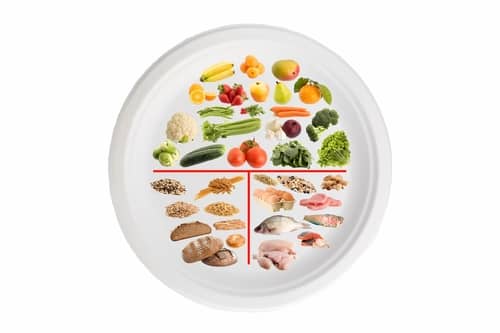June is Sleep Challenge Month!
A number of stages of sleep occur every time we get some rest. These stages represent what’s happening beneath the surface, and all play an important part in the benefits of rest. There are two main types of sleep:
Non-REM (NREM) Sleep
This is essentially a 3-stage sleep cycle, with each being a deeper level than the previous one.
Stage N1 (Transition to sleep) - The stage between sleep and wakefulness. The muscles are active, the eyes roll slowly under the eyelids, muscle activity slows down and we are easily awakened.
Stage N2 (Light sleep) - Considered the first stage of true sleep, characterised by an increase in ‘theta’ activity within the brain. We become harder to awaken, eye movement stops, heart rate slows and body temperature decreases.
Stage N3 (Deep sleep) - Known as ‘slow-wave sleep’, characterized by an increase in ‘delta’ activity within the brain. Blood flow to the brain is decreased and passed to the body to enhance its restorative benefits. We are difficult to awaken at this stage.
REM (Rapid Eye Movement) Sleep REM sleep has been given this name as our eyes can be seen moving back and forth in this stage. It can also be known as ‘dream sleep’ and usually occurs about 60-90 minutes after falling asleep.
Eye movement, heart rate and blood pressure increase, yet arm and leg muscles are paralyzed. Every time we sleep we are likely to go through all stages of this cycle. Our bodies move back and forth between REM and N3 sleep to form a complete sleep cycle. Each cycle typically lasts about 90 minutes and repeats four to six times over the course of the night.
Typically, the majority of deep sleep occurs in the first half of the night, with REM stages becoming longer with more light N2 sleep later into the night. This is why many people report waking up after a number of hours’ sleep, as their sleep is getting lighter. Each sleep within this sleep cycle has potential benefits to you.
A normal adult spends around 50% of total sleep time in stage 2 sleep, 20% in REM sleep and 30% in stage 1 and 3 sleep. Stage N3, deep sleep, is considered one of the most important for making us feel energized and refreshed from rest.
It is heavily involved in maintaining your health, providing growth and development, repairing muscles and tissues, and boosting the immune system. It essentially renews the body. REM sleep renews the mind, and is important for a healthy memory and learning ability.
During REM sleep, the brain consolidates and processes the information we have learnt that day, while forming neural connections to strengthen the memory. It also replenishes its supply of neurotransmitters including feel-good chemicals like serotonin and dopamine. It’s evident that we need a mixture of all sleep stages for optimal health and restoration.
.jpg)
.jpg)




.png)
.jpg)